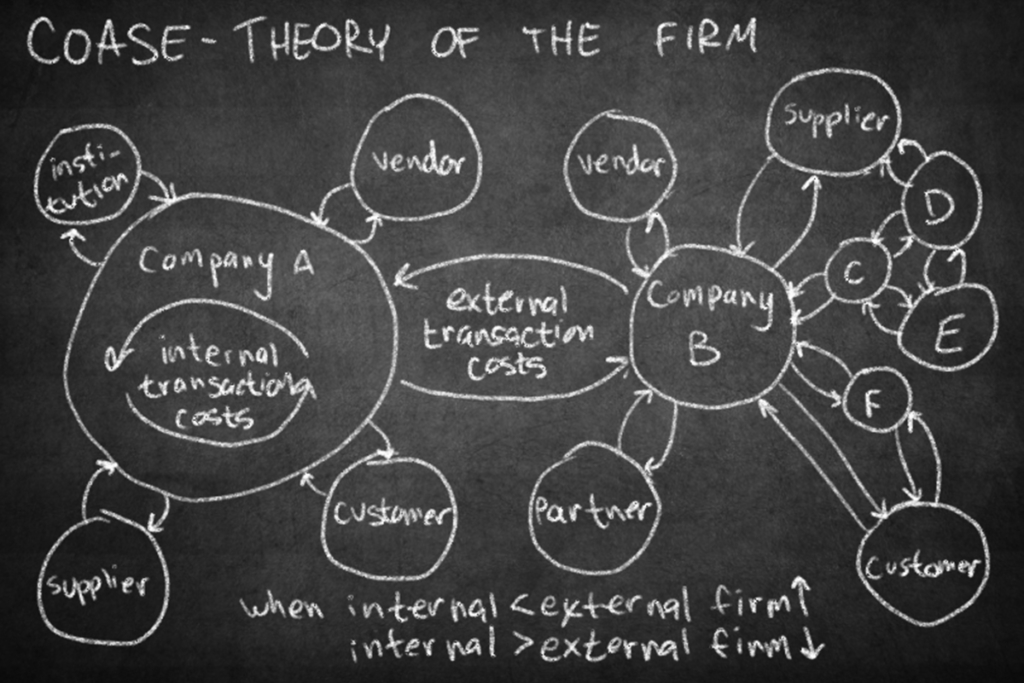In August I wrote about how the nature of work is changing. Firms exist when transaction costs between actors are too high to be efficiently directed by market forces. The gig economy has reset transaction costs. It allows more nimble formations to come together for tasks that used to require a firm.
The more things change, the more they stay the same.
This has far reaching repercussions, but at the end of the day, the same jobs are getting done, and by and large people are still doing the work.
I had a conversation with another CEO recently about his enterprise customers. His company has contracts with some of the biggest enterprises in the world. When we talked about meeting his customers, he pondered who he would have us talk to. The enterprises are so complex, and so large, there are different pockets of users and administrators who may not even know each other.
Any person he pointed us to would have the name of the firm on their business cards, but in reality, the firms they work for are enormously complex. If we were to get the legal entity map of one one of these enterprises, I think most people would be amazed at how complex they are. Then there are reporting lines, matrixed relationships and the informal power structure within these vast businesses.
I spent three years after business school working for IBM. I was an account executive responsible for selling IBM software into several named accounts. The CIO of one of my customers, a Fortune 10 company, told me my job was to get the best resources IBM had to work for him. If I could do that, he would buy IBM software.
So, I set out to find the most talented architects, product specialists, and services people I could find. I networked as high up in the organization as I could. I networked sideways, down, and I even networked outside IBM to VARs and other partners in search of the best people I could find for any particular job. I might know the people involved for a week, a month or years. I had to vet whether they were any good, and recruit them.
The only difference between that and what our group of entities and network of people looks like now is that in an enterprise setting, you don’t always get to choose who you work with. Whether they were talented, motivated, or honest was secondary. I had to make due with the team that was assigned to my accounts until I proved I could close deals.
Now, when we need someone talented for a job, we recruit, vet and negotiate contract and a rate. We can assemble any team we want. Many of the teams and relationships end up lasting years and years. When someone is good, and we can bring them interesting work, the relationship endures. When we need them full time, the nature of the contract changes, but the quality of the person remains the same. We only work with smart, motivated, honest people.
So, maybe, the more things change, the more they stay the same.
Most important, we maintain high standards for intellect, work ethic, and integrity. When I’ve worked in large organizations, I had far less control over maintaining high standards. I’ve had bosses who encouraged or required unethical business practices. I’ve worked with teammates who sabotaged each other. When we see that type of behavior in our network, we cut ties immediately.
The nature of work is changing. Razorhorse is on the cutting edge.

